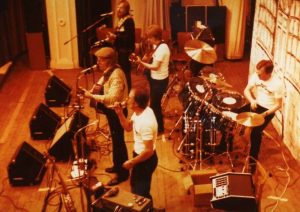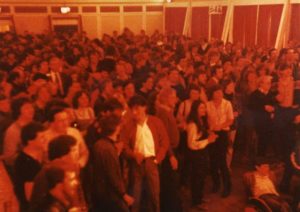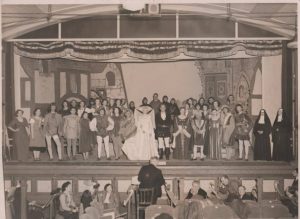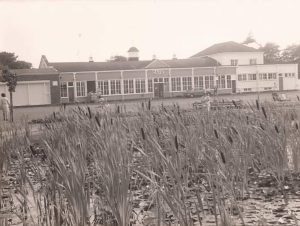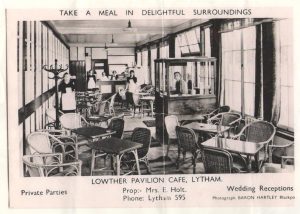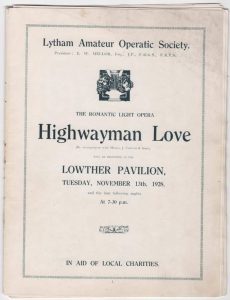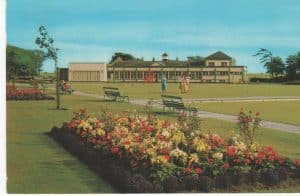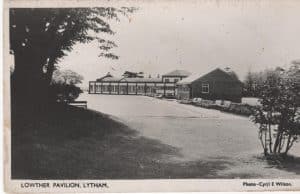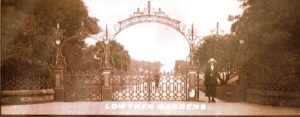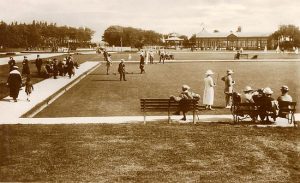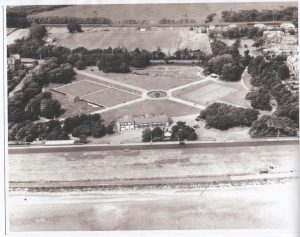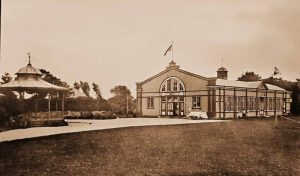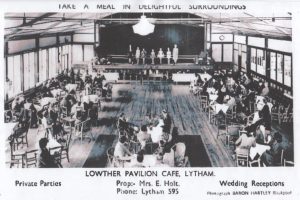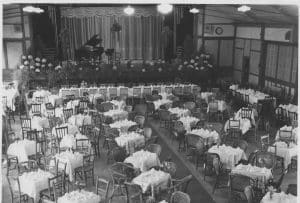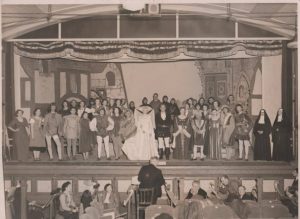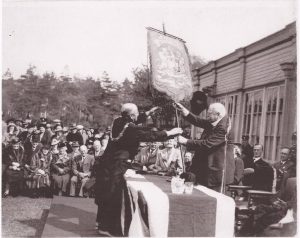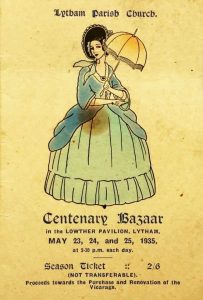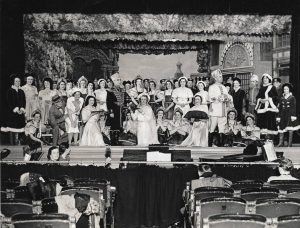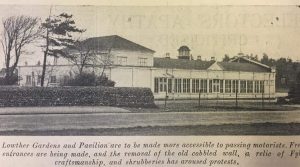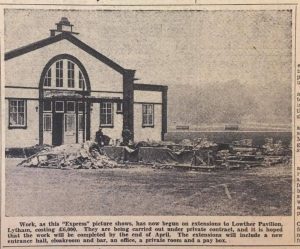OUR HISTORY
Lowther Gardens were opened in 1872 as a gift to the people and visitors of Lytham by John Talbot Clifton of Lytham Hall

Lowther Gardens were opened in 1872 as a gift to the people and visitors of Lytham by John Talbot Clifton of Lytham Hall.
They were named in honour of his wife’s family and to commemorate her brother, Henry Lowther, becoming the 3rd Earl of Lonsdale earlier that year following the death of their uncle William Lowther.
The gardens were built upon an area of poor grazing land formerly known as Hungry Moor and the upkeep of the gardens was originally paid for by the Clifton family. Ownership and responsibility for the gardens was then transferred to Lytham Urban District Council in 1905 to be held in trust.
The first permanent entertainment venue within the gardens came in 1909 when a bandstand was erected to be used by the Lytham Town Band and later the Lytham Ladies Orchestra.
The bandstand proved very popular, however it was decided that a permanent entertainment pavilion was required to provide a year-round venue that was sheltered from the weather.
The original pavilion building comprising solely of the barrel-vaulted auditorium was built in 1921 and was also named after the Lowther family to continue the tradition of the original gardens.
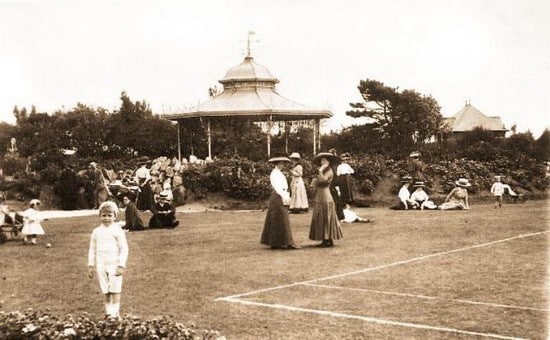
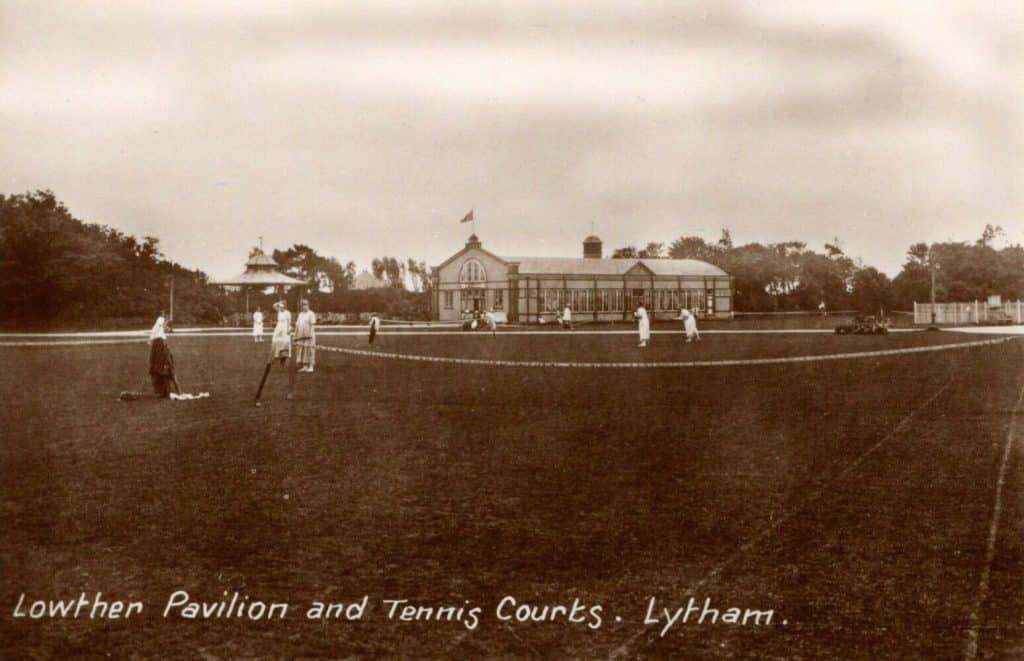
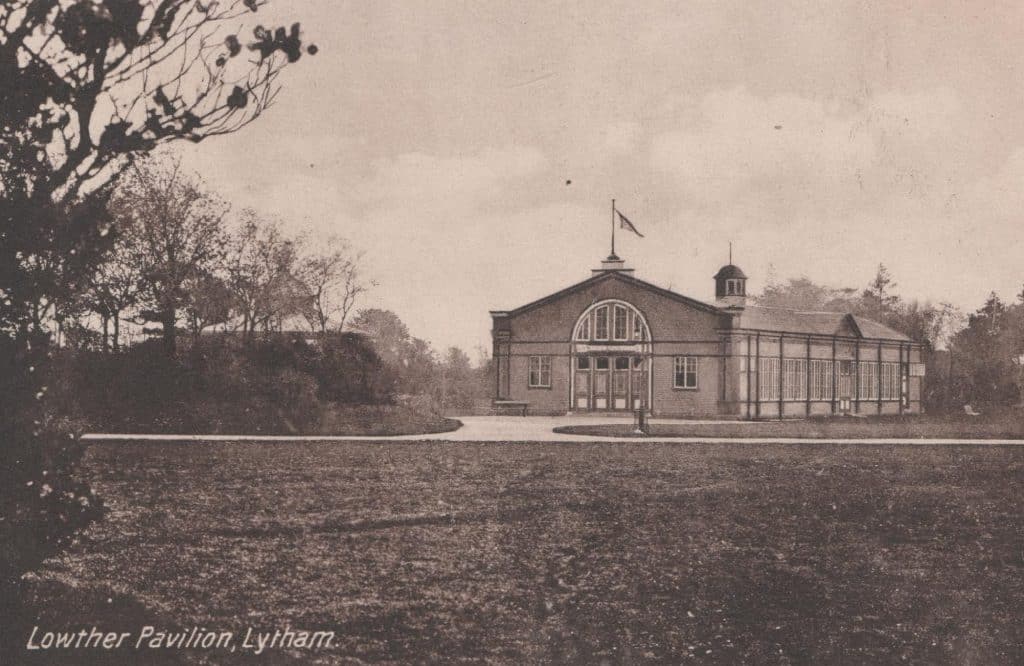
Coun. Holden stated that the work on the Pavilion in Lowther Gardens was sufficiently advanced to be used in the event of inclement weather.
9th July 1920 Lytham Times
..the first sports and whist drive was held on Wednesday at the Lowther Pavilion. This proved to be a huge success – The whist was enjoyed and later in the evening refreshments were served and dancing was maintained until 2am. A program of delightful music being discoursed by Mr J.Walsh’s Bijou Orchestra.
Another extract from the Lytham Times in September 1921
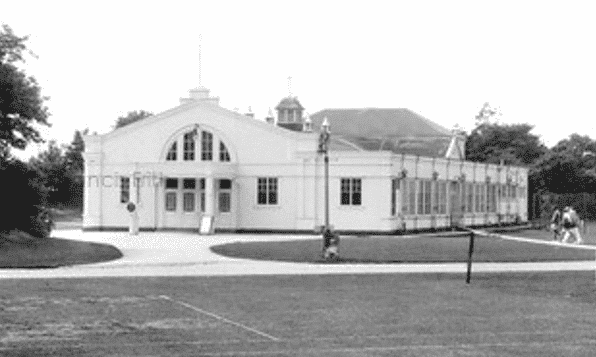
The original pavilion soon proved to be too small and so an extension to form a cafe overlooking the gardens was added in 1922 on the easterly side together with a stage house and dressing room facilities.
This extension and the original building were built from a timber frame structure with heavily glazed facades to take advantage of the views over the gardens.
In 1928 a fire destroyed the pavilion at the end of Lytham Pier which was the main local venue for theatrical performances at the time.
As a result the Lytham Amateur Operatic Society relocated to Lowther Pavilion with their first production “Highwayman Love” and subsequently called the theatre their home for all future productions to present date.

The venue went from strength to strength in the years that followed and particularly thrived in the 1950s and 1960s to reflect the popular culture of the times.
Bands such as Fleetwood Mac, Thin Lizzy, Hawkwind, Steely Dan & Jethro Tull all played the Lowther Pavilion in the 1960’s and 70’s as the venue was considered popular on the music circuit at the time whereby the seats were removed and the auditorium used as a flat floor concert venue.
By the early 1970s, in common with many other similar facilities, attendances were down and the theatre faced an uncertain future with demolition even being discussed.
1976 the Lytham Express stated that:
“Fylde Councillors called on Thursday for an emergency meeting to discuss the uncertain future of Lytham’s Lowther Pavilion”

In 1976 a car collided with an external wall of the building exposing the condition of the badly deteriorated structure. The future of the pavilion looked extremely bleak, however it was another fire, this time at the Ashton Gardens theatre in St. Annes that was to save Lowther Pavilion. The St. Annes Parish Operatic Society were due to open a production of “Charlie Girl” when the fire struck destroying the building.
The production was on the last night of the run and was hurriedly moved to Lowther which drew in unprecedented crowds some of which peered through the glazed windows trying to see the show as the local community banded together lighting and sound equipment, set and costumes that were rescued from the fire and performed what would be ultimately the saving grace show of the pavilion.
This incident meant that Lowther Pavilion was the last theatre left in the Borough and so the local authority decided to save and renovate the building, with construction work on this project commencing in 1982.
1982 Renovation
It is this 1980s redevelopment of the pavilion that stands largely unaltered to this day, with only the reinforced barrel vaulted auditorium timber roof structure and the Maple timber auditorium floor remaining of the 1920s original.
Whilst the redeveloped pavilion proved to be a popular local resource, making the facility financially sustainable with ever reducing budgets would prove to be more difficult.
In the mid 2000s with the building again requiring repair and modernisation works and following a drop in theatre attendances, the use of the pavilion was again a topic of debate.
This debate lasted several years and with the potential for closure looming, the Friends of Lowther Pavilion was formed in 2008 to campaign and raise funds to help save the theatre and ensure its continued survival.

The Friends Of Lowther Pavilion spearheaded the first fundraising efforts for the theatre and gardens and their campaign came at the right time as the Charitable trust was expanded to look to the future of the facility as a whole.
In 2012 the Lowther Gardens (Lytham) Trust was expanded to manage the day to day running of the pavilion.
Since this time the use of the building has increased enormously, with the theatre hosting shows by top entertainers from around the world as well as remaining at the heart of local user group dramatic presentations. The pavilion also acts as a crucial community resource, providing a space in which to hold events and activities for all members of the local community.
The Lowther Pavilion turns One Hundred in 2021 and so the Lowther Charitable Trust have set off on a new vision for the future of the venue.
This revitalisation of the pavilion’s use and standing within the community now needs to be matched by a redevelopment of the ageing facilities.
This will ensure that the pavilion continues to go from strength to strength and is a sustainable part of the local community and theatre scene for the foreseeable future.
Written by:
Dan Creasey
Photos by:
Lytham Amateur Operatic Society
Lytham Heritage & David Hoyle
Anne Mercer
Alison Thornton – St Annes Parish Operatic Society



